Amaranth Millet – The Indian Millet – A New Millennium Crop
Amaranth (राजगीरा) – The Indian Millet – A New Millennium Crop is a group of more than 60 different species of grains that have been cultivated for about 8,000 years. A collection of over 60 distinct grain species, amaranth has been farmed for approximately 8,000 years. Although amaranth isn’t strictly a cereal grain like wheat or oats, it is utilized similarly and has a similar nutrient makeup. This makes it a pseudocereal. Its nutty, earthy flavor complements many different foods. In addition to its great versatility, this nutrient-dense grain is naturally gluten-free and high in antioxidants, fiber, protein, and micronutrients.
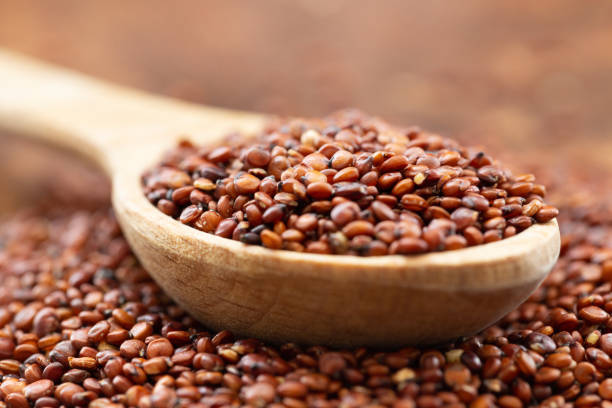
Nutritional Value of Amaranth (राजगीरा) Millet
Amaranth (राजगीरा) – The Indian Millet Along with being high in fiber and protein, this ancient grain also contains a variety of vital micronutrients.
Specifically, amaranth is an excellent source of iron, magnesium, phosphorus, and manganese.
Along with some other critical micronutrients, amaranth is a good fiber, protein, manganese, magnesium, phosphorus, and iron source.
Nutritional value and Amaranth calories (100 gm.)
- Calories: 125.5
- Fat: 1.9g
- Sodium: 7mg
- Carbohydrates: 23g
- Fiber: 2.6g
- Starch: 20g
- Protein: 4.7g
- Iron: 2.6mg
- Magnesium: 80mg
- Vitamin B6: 0.1mg
- Folate: 27.1mcg
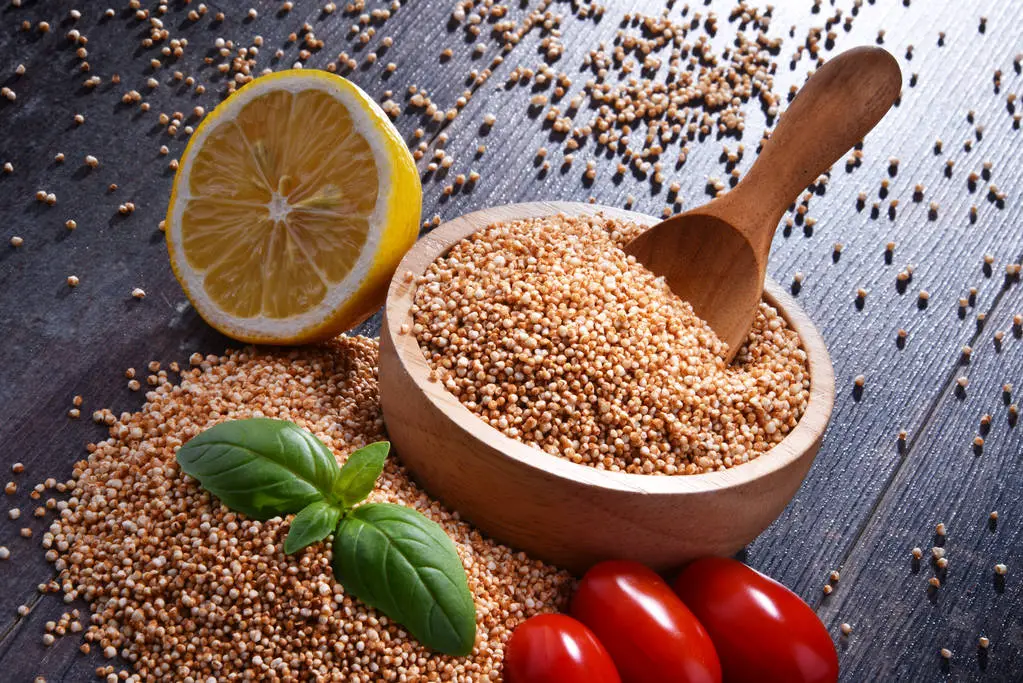
Antioxidant Benefits – Amaranth Millet
Amaranth (राजगीरा) – The Indian Millet Along with several other critical micronutrients, amaranth is a good fiber, protein, manganese, magnesium, phosphorus, and iron source.
Antioxidants that are good for your health can be found in amaranth. Natural substances called antioxidants aid in defending the body from dangerous free radicals.
Free radicals can harm cells and play a role in the emergence of chronic illnesses.
Amaranth has the highest antioxidant content when it is raw, and research suggests that processing and soaking it can reduce its antioxidant activity.
Anti-Inflammatory Characteristics – Amaranth Millet
Amaranth (राजगीरा) – The Indian Millet – An immune system’s natural defense mechanism against damage and infection is inflammation.
Research on animals and in test tubes suggests that amaranth may have anti-inflammatory properties.

Lowering The Cholesterol Properties – Amaranth Millet
Amaranth (राजगीरा) – The Indian Millet – All over the body, cholesterol is a material that looks and feels like fat.
A blood cholesterol accumulation that is too high can narrow arteries.
A diet high in amaranth reduced total cholesterol by up to 30% and “bad” LDL cholesterol by up to 70%, according to a study done on chickens.
Weight Loss – Amaranth Millet
Amaranth (राजगीरा) – The Indian Millet – is rich in fiber and protein, two nutrients that can support your weight loss efforts. Amaranth’s fiber may help to induce feelings of fullness because it passes through the digestive system more slowly without being digested.
Combine amaranth with an active lifestyle and a generally healthy diet to optimize weight loss. Because of its high fiber and protein content, amaranth may help promote weight loss by decreasing appetite.

Gluten-Free – Amaranth Millet
Grains like wheat, barley, spelled, and rye contain a type of protein called gluten.
Additionally, those who are sensitive to gluten may suffer from unpleasant symptoms like gas, bloating, and diarrhea.
Additionally, sorghum, quinoa, millet, oats, buckwheat, and brown rice are naturally gluten-free grains.
A healthy gluten-free grain that can be added to a diet for those with celiac disease or gluten sensitivity is amaranth.
Ayurvedic Benefits of Amaranth (राजगीरा) Millet
Amaranth (राजगीरा) – The Indian Millet was once a common grain in some parts of the world, but its status as a healthy food has only recently increased. Along with some other critical micronutrients, this food is a good source of fiber, protein, manganese, magnesium, phosphorus, and iron.
A nutritionist said amaranth is a remarkable but underappreciated superfood. This ancient grain has been used for ages in India and is also known as “Rajgira” (the grain of kings) or “Ramdana” (the grain of God). Its flavor is nutty and mild. The above are the reasons to incorporate amaranth into your diet.
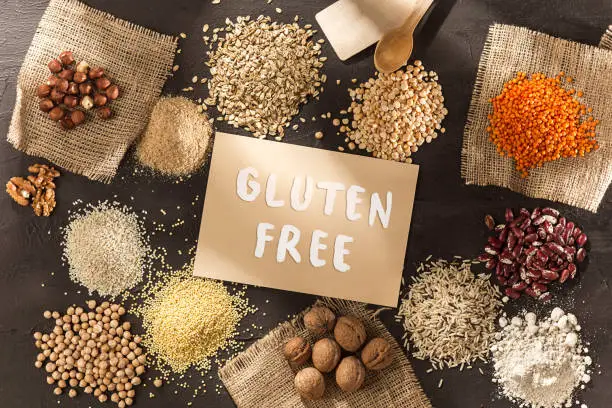
Recipes of Amaranth (राजगीरा) Millet
- Creamy Amaranth Porridge
The amaranth is nutty, a little chewy, and full of plant-based protein. Cook it with your milk of choice to make it creamier and pile on the toppings—nuts, fresh fruit and chia seeds or any seeds of your choice.

-
Amaranth Pancakes
Amaranth is a fantastic alternative to all-purpose flour. It’s also full of protein and has a nice earthy flavor. Like all pancakes, a little bit of baking soda helps to make them super fluffy.

- Gluten-Free Amaranth Tortillas
They’re gluten-free, nutritious, and surprisingly easy to make. Add lukewarm water to the flour and knead the dough. Give 10-15 rest to dough. Now roll it and toss it on a hot pan until it browns. Now, it’s taco time! You can fill them with your favorite fixings or try this breakfast taco recipe. Between the Protein of your choice and fresh veggies, all the flavors are on point!

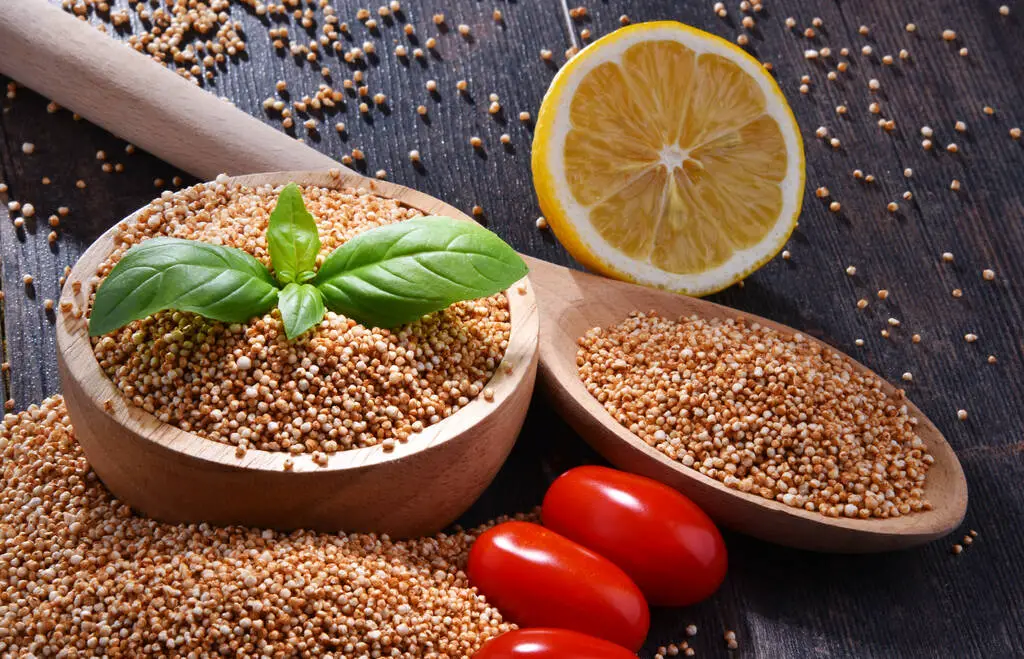
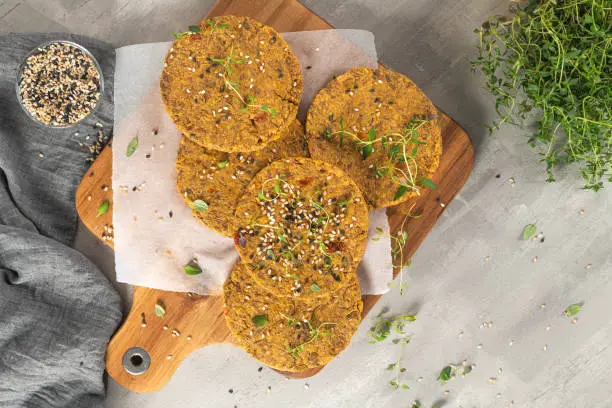
1 thought on “Amaranth (राजगीरा) – The Indian Millet (1) – A New Millennium Crop”